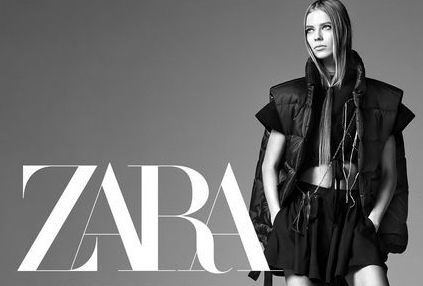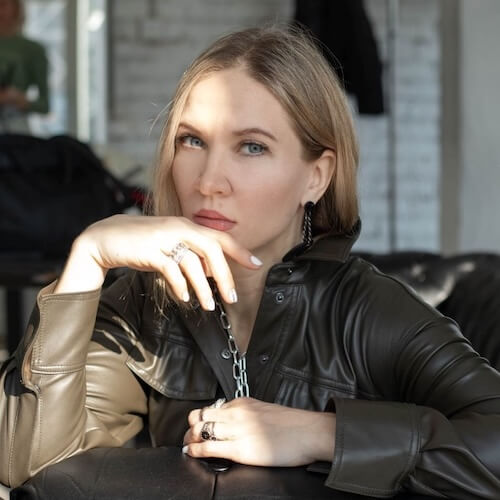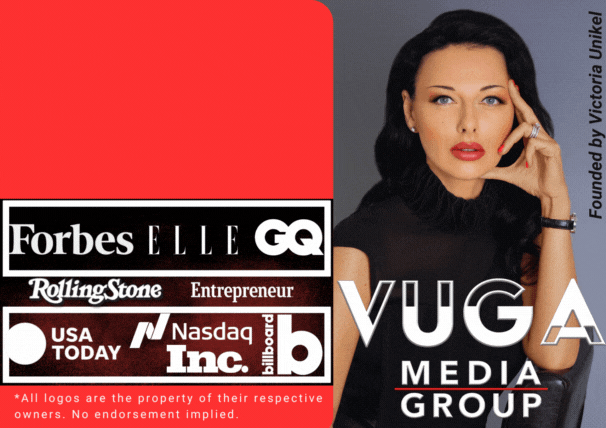Hello, fashionistas! Today we’re going to talk about a brand you definitely know—even if you insist you “hate mass-market fashion.” Yes, it’s ZARA! The very same Zara whose clothes you try on in the fitting room thinking, “Oh my God, it’s an exact Gucci copy, but at one-tenth of the price!” This year, the company that turned the fashion world upside down celebrates its 50th anniversary! Yes, for half a century Zara has been delighting us with affordable fashion ideas, while its lawyers tirelessly fend off lawsuits from top luxury brands.
I was lucky enough to attend a press meeting where Zara’s top managers revealed all their secrets.
So, how did this Spanish company become an industry giant, and why are we still hooked on its collections? Let’s find out.
The Zara Story: From Self-Taught Tailor to King of Fast Fashion
It all started with a guy named Amancio Ortega. No, he wasn’t born into a wealthy family—quite the opposite. As a young man, he had to drop out of school and work as a delivery boy in a shirt store. But it was there he realized two things:
1. People are willing to pay for style, but not for sky-high prices.
2. Fashion should be as fast as TikTok trends (which, of course, didn’t exist back then).
In 1975, Ortega opened the first Zara store in La Coruña, Spain. His idea was simple: create trendy clothing by copying luxury fashion and sell it at affordable prices. Within 10 years, Zara was on every other street in Spain, and by 2023 its stores are even in Antarctica (just kidding… for now).
Zara’s Secrets: Why Do We Keep Coming Back Every Two Weeks?
1. “Faster than you can delete your stories!” Zara is the queen of fast fashion.
While other brands spend half a year developing collections, Zara launches new ones every two weeks. How? Vertical integration: they control everything—from design to store delivery. Saw a ruffled dress on the runway? In 14 days, it’s already hanging on a rack with a €29.99 price tag.
2. “Catch me if you can”: Limited batches and FOMO.
Zara deliberately produces limited quantities. Your size isn’t available? Sorry, “this color is gone forever.” This creates a “buy now or lose out” effect—and we, of course, fall for it every time.
3. Stores as art installations (and zero Insta-marketing!)
Zara hardly spends money on advertising. Instead, they invest millions in prestigious locations (guess how much rent costs on Fifth Avenue?) and stunning window displays you can’t look away from. And their marketing? It’s us. Every social media post tagged #Zara is free advertising.
4. “Spy network” in fitting rooms.
Zara sales assistants aren’t just cashiers. They’re trained to gather feedback: what customers try on, what they criticize, what sizes they request. This data instantly reaches designers, and within weeks, an improved version hits the shelves.
5.Everything is luxury, but cheaper.
A prime location, excellent fitting rooms, stunning ad campaigns, luxurious window displays — and you can buy runway fashion at an affordable price. Who’s ready to replicate this business model?
The Dark Side: Fast Fashion vs. Sustainability
Of course, Zara faces criticism. Producing 20 collections a year means tons of textile waste and a huge carbon footprint. But the company is trying to become greener: by 2025, Zara promises to switch to 100% sustainable cotton and recycle all packaging. Skeptics may scoff, but the fact remains: Zara is still a leader because it balances “I want” with “I can afford.”
Conclusion: Why Zara isn’t just a store, but a philosophy?
Zara proved fashion doesn’t have to be elitist. It has:
- Democratized style (now you can look like Kim Kardashian even if your budget is student-level).
- Taught us to crave novelty (we’re not exactly grateful for that, by the way).
- Democratized style (now you can look like Kim Kardashian even if your budget is student-level).
- Shown us that speDemocratized style (now you can look like Kim Kardashian even if your budget is student-level).ed equals profit (and yes, we’ve all become impatient).
- Taught us not to wait for sales and to buy immediately (because we know our size in that amazing dress won’t be there later!).
- But also taught us to rush to Zara first during sales (maybe there’s something interesting left? And yes, there almost always is!).
But the main lesson from Zara is: ‘Listen to the customer, even if they don’t know what they want themselves.’
That’s why, despite competition from Shein and H&M, we still find ourselves going into Zara – just in case there’s that perfect trench coat waiting for us, which will ‘definitely go with everything’?”
What’s your favorite item from Zara? Share in the comments!




